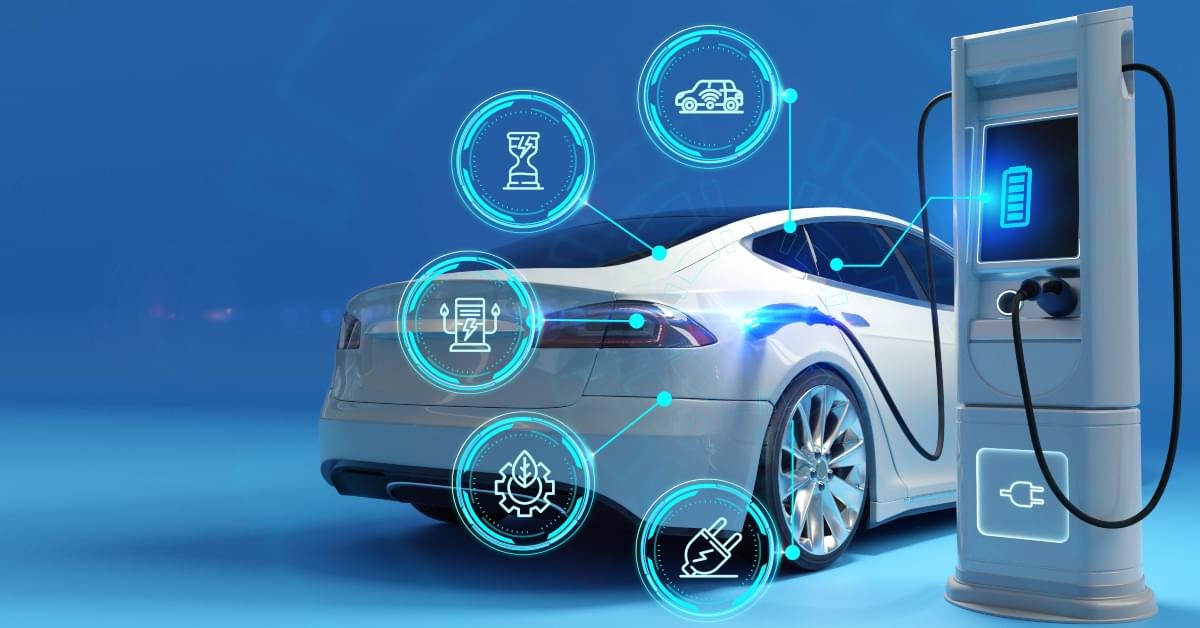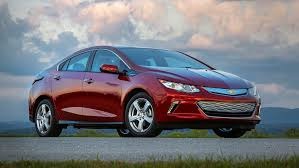Will Electric Cars Ever Be Affordable
Electric cars, once viewed as luxury items for the wealthy or environmentally conscious elite, are rapidly becoming a mainstream topic in the global automotive industry. However, one persistent question continues to shape the public debate: Will electric cars ever be Truly affordable Cars for the average consumer? The short answer is — yes, but the journey toward universal affordability is complex, influenced by technological innovation, raw material costs, manufacturing scale, and government policies.
The Current Cost Challenge
At present, the biggest obstacle to electric vehicle (EV) affordability is the high upfront cost, which remains above that of traditional gasoline-powered cars. The primary reason for this price gap is the battery, which can account for up to 30–40% of the total cost of an EV. Although battery prices have dropped dramatically over the past decade — from over $1,000 per kilowatt-hour (kWh) in 2010 to around $130 per kWh in 2024 — they still represent a major expense.
For instance, a mid-range electric car with a 60 kWh battery pack costs approximately $7,800 in battery materials alone. While this is a significant reduction compared to a decade ago, further declines are needed to make EVs cost-competitive with their internal combustion engine (ICE) counterparts.
Battery Technology: The Key to Affordability
The heart of the EV revolution lies in battery innovation. Advances in chemistry, design, and production efficiency are steadily driving prices down. The most promising developments include:
- Lithium Iron Phosphate (LFP) Batteries:
These are cheaper and more durable than traditional nickel-manganese-cobalt (NMC) batteries. Chinese automakers like BYD and Tesla’s Shanghai plant have already adopted LFP batteries to lower production costs. - Solid-State Batteries:
Considered the “next frontier,” solid-state batteries promise higher energy density, faster charging, and reduced fire risks. Although still in development, their commercialization could further reduce costs and improve efficiency. - Battery Recycling and Second Life:
Recycling used batteries for raw materials such as lithium and cobalt can cut production costs. Moreover, repurposing old EV batteries for stationary energy storage adds additional economic value.
With continued innovation, analysts predict battery prices could fall below $100/kWh by 2027, a threshold often cited as the point at which electric cars achieve full price parity with gasoline vehicles.
Global Price Trends and Market Differences
Affordability varies widely depending on region and market dynamics.
1. China: The Benchmark for Affordability
China has become the global leader in EV production and adoption. Aggressive government incentives, vertical integration, and large-scale manufacturing have allowed companies like BYD, NIO, and Wuling to produce EVs priced as low as $10,000 to $15,000. For example, the Wuling Hongguang Mini EV — a small, city-friendly car — became one of the world’s best-selling EVs due to its ultra-low cost and practicality.
2. Europe: Incentive-Driven Affordability
In Europe, high fuel prices and strict emissions regulations have pushed automakers to expand EV offerings. While the initial cost of many European EVs remains higher, strong government subsidies and tax breaks help bridge the gap. In countries like Norway and the Netherlands, EVs already dominate new car sales thanks to these supportive policies.
3. United States: Progress with Policy Support
In the U.S., the Inflation Reduction Act (IRA) of 2022 introduced significant tax credits — up to $7,500 for qualifying EVs — to make them more affordable. However, the credit depends on domestic battery sourcing and final assembly requirements, which limits eligibility for certain models. As manufacturing expands in North America, the average cost of EVs is expected to decline further.
4. Developing Markets: The Next Frontier
Countries like India, Indonesia, and Brazil are beginning to see EV adoption grow, though affordability remains a major barrier. Localized production, smaller battery sizes, and government incentives are key strategies to reduce costs in these markets.
The Role of Government Incentives
Government policies have been instrumental in narrowing the affordability gap. Subsidies, tax credits, and infrastructure investments are helping consumers transition to electric mobility. For example:
- Purchase Incentives: Direct subsidies and rebates reduce the effective purchase price.
- Tax Benefits: Lower registration fees, road taxes, and import duties make EVs more appealing.
- Charging Infrastructure: Public investment in charging stations lowers “range anxiety” and increases consumer confidence.
However, as EV markets mature, many governments are reducing or phasing out incentives, which could temporarily slow affordability progress. The long-term goal is to make EVs naturally competitive without subsidies.
Total Cost of Ownership: The Hidden Advantage
While the sticker price of EVs may still be higher, the total cost of ownership (TCO) often favors electric cars. Over several years, EV owners typically save thousands of dollars due to:
- Lower Fuel Costs: Electricity is generally cheaper per mile than gasoline.
- Reduced Maintenance: EVs have fewer moving parts — no oil changes, fewer brake replacements, and less engine wear.
- Resale Value: As the used EV market expands, resale prices are expected to stabilize.
For example, a 2025 analysis by S&P Global found that the average five-year TCO for mid-range EVs was 15–25% lower than that of comparable gasoline vehicles in markets with affordable electricity rates.
The Growing Used EV Market
Another crucial factor in achieving widespread affordability is the used EV market. Early EV adopters are now trading in their vehicles, increasing supply for second-hand buyers. As more used EVs enter the market, prices are dropping, providing budget-conscious consumers with access to electric mobility.
In addition, improvements in battery longevity — with many EVs retaining over 80% of capacity after eight years — are boosting confidence in used EV purchases. Automakers are also introducing certified pre-owned (CPO) EV programs to assure buyers of quality and warranty coverage
Challenges That Could Delay Affordability
Despite promising progress, several challenges remain:
- Raw Material Supply: The demand for lithium, nickel, and cobalt continues to rise, leading to price volatility. Securing sustainable and ethical sources is vital.
- Charging Infrastructure: Lack of widespread and reliable charging networks remains a barrier in many regions.
- Production Costs: High manufacturing costs in Western countries, driven by labor and compliance regulations, still affect final retail prices.
- Automaker Profit Strategies: Some manufacturers prioritize premium EVs for higher profit margins, delaying mass-market affordability.
Addressing these challenges requires coordinated action across governments, industries, and supply chains.
The Road Ahead: When Will EVs Be Truly Affordable?
Industry analysts forecast that electric cars will reach full price parity with gasoline vehicles between 2027 and 2030 for most segments. Compact cars may achieve this sooner, while larger SUVs and trucks may take longer due to their higher battery requirements.
By the early 2030s, as global manufacturing scales up, raw material bottlenecks ease, and battery technologies mature, EVs are expected to dominate new vehicle sales across major markets — not just because of environmental policies, but because they will simply be the most cost-effective option.
Conclusion
The path to affordable electric cars is already being paved. Continuous technological innovation, falling battery prices, stronger competition, and supportive policies are driving costs down faster than ever before. While EVs may still seem expensive in some markets today, history shows that every major technology — from mobile phones to solar panels — follows a similar pattern of rapid price decline once mass adoption begins.
In short, electric cars will become affordable, and the transition may happen sooner than many expect. By the end of this decade, the majority of consumers will likely find that going electric isn’t just better for the planet — it’s better for their wallets too.






